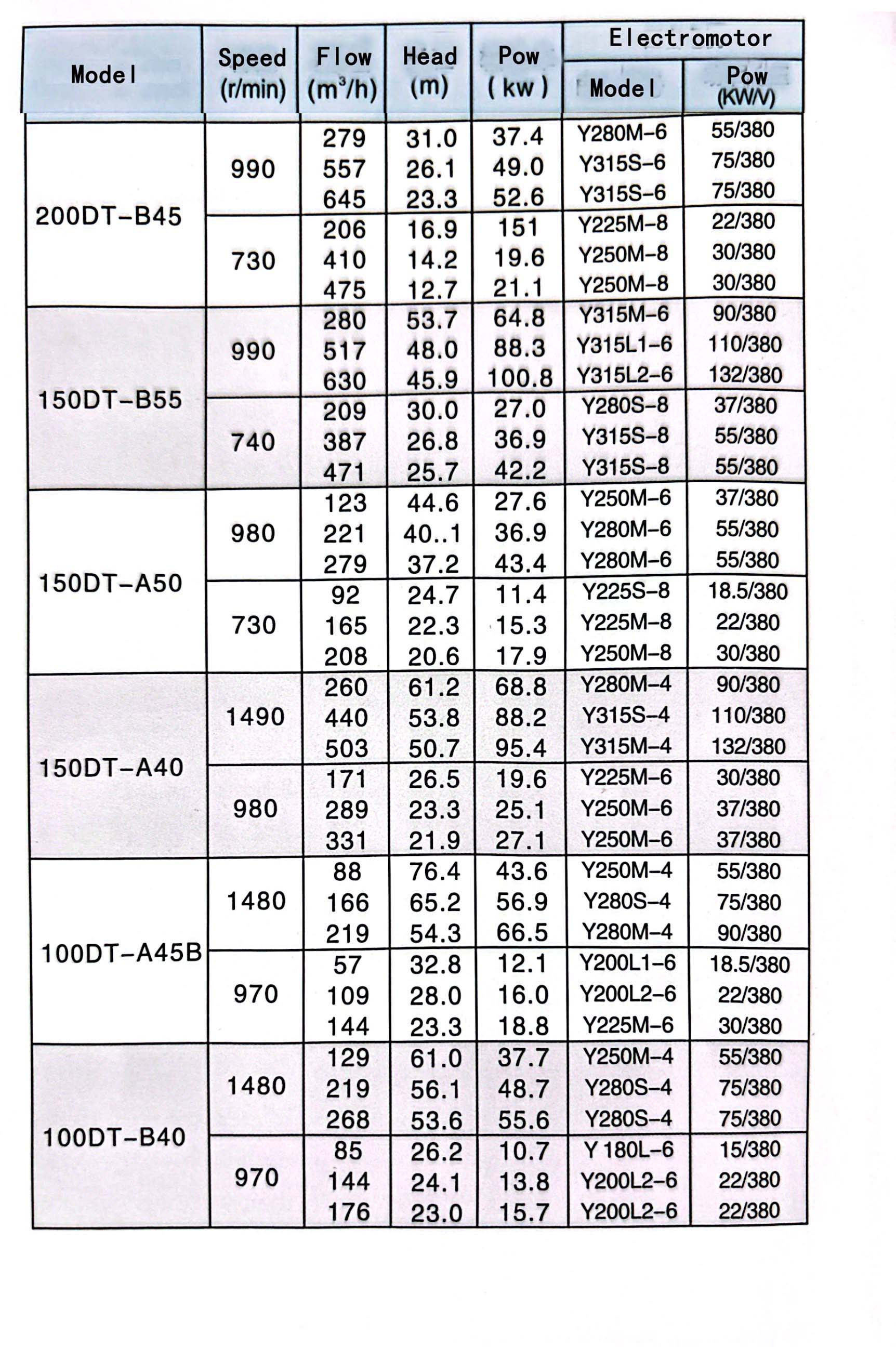Khmer
- Afrikaans
- Albanian
- Amharic
- Arabic
- Armenian
- Azerbaijani
- Basque
- Belarusian
- Bengali
- Bosnian
- Bulgarian
- Catalan
- Cebuano
- Corsican
- Croatian
- Czech
- Danish
- Dutch
- English
- Esperanto
- Estonian
- Finnish
- French
- Frisian
- Galician
- Georgian
- German
- Greek
- Gujarati
- Haitian Creole
- hausa
- hawaiian
- Hebrew
- Hindi
- Miao
- Hungarian
- Icelandic
- igbo
- Indonesian
- irish
- Italian
- Japanese
- Javanese
- Kannada
- kazakh
- Khmer
- Rwandese
- Korean
- Kurdish
- Kyrgyz
- Lao
- Latin
- Latvian
- Lithuanian
- Luxembourgish
- Macedonian
- Malgashi
- Malay
- Malayalam
- Maltese
- Maori
- Marathi
- Mongolian
- Myanmar
- Nepali
- Norwegian
- Norwegian
- Occitan
- Pashto
- Persian
- Polish
- Portuguese
- Punjabi
- Romanian
- Russian
- Samoan
- Scottish Gaelic
- Serbian
- Sesotho
- Shona
- Sindhi
- Sinhala
- Slovak
- Slovenian
- Somali
- Spanish
- Sundanese
- Swahili
- Swedish
- Tagalog
- Tajik
- Tamil
- Tatar
- Telugu
- Thai
- Turkish
- Turkmen
- Ukrainian
- Urdu
- Uighur
- Uzbek
- Vietnamese
- Welsh
- Bantu
- Yiddish
- Yoruba
- Zulu
Telephone: +86 13120555503
Email: frank@cypump.com
ធ្នូ . 04, 2024 14:17 Back to list
Choosing the Right Sump Pump for Your Septic System Needs
Understanding Sump Pumps for Septic Systems
Sump pumps play a vital role in the functionality and maintenance of septic systems. These pumps are essential for managing groundwater and surface water in areas where traditional septic systems may struggle due to high water tables or excessive flooding. This article aims to unpack the relationship between sump pumps and septic systems, detailing their functions, benefits, and considerations for homeowners.
What is a Sump Pump?
A sump pump is a device installed in the lowest part of a basement or crawlspace, designed to remove accumulated water. The primary function of a sump pump is to prevent flooding and water damage by channeling excess water away from the home. However, when it comes to septic systems, the role of the sump pump becomes more nuanced.
Why Use a Sump Pump with a Septic System?
In regions where groundwater levels rise significantly, homes with septic systems can face several challenges. Excess water can overwhelm the septic system, leading to backups, overflows, and ultimately system failure. By integrating a sump pump into the septic system, homeowners can effectively divert excess groundwater, ensuring the septic tank operates efficiently.
1. Preventing Flooding Sump pumps are most beneficial in areas prone to heavy rainfall or rapid snowmelt. They help ensure that the septic tank does not fill with groundwater, which can dilute the sewage, hinder proper bacterial breakdown, and lead to system malfunction.
2. Maintaining System Function A sump pump can help maintain the appropriate balance of liquid in the septic tank. By ensuring that excess water is redirected, the pump can promote efficient waste breakdown and nutrient cycling within the septic system.
sump pump for septic systems

3. Protecting Property Beyond protecting the septic system, sump pumps help protect the overall integrity of the home. By reducing moisture and preventing water accumulation, they thwart mold and mildew growth, which can lead to serious health issues.
Installation Considerations
When considering a sump pump for a septic system, several factors must be taken into account
- Type of Sump Pump There are two main types of sump pumps submersible and pedestal. Submersible pumps are installed underwater within the sump basin, while pedestal pumps are above water. Homeowners should select a pump based on their specific needs, site conditions, and budget.
- Correct Sizing It’s crucial to choose a sump pump with adequate power and capacity to handle the volume of water it may need to pump. An improperly sized sump pump can lead to continuous running and potential burnout, reducing its effectiveness in managing groundwater.
- Proper Installation and Maintenance Installing a sump pump requires careful planning and execution. It may be beneficial to consult with a professional to ensure proper setup, particularly regarding discharge lines that redirect water away from the foundation and septic system. Regular maintenance checks are also essential to ensure the pump operates correctly, especially before rainy seasons.
Conclusion
Integrating a sump pump into a septic system is a proactive measure for homeowners living in areas susceptible to flooding or high groundwater levels. By effectively managing excess water, sump pumps not only safeguard the septic system’s functionality but also contribute to the overall health and safety of the property. Understanding the importance of these devices and choosing the right one can significantly mitigate the risks associated with a compromised septic system. As a vital component of modern home drainage solutions, sump pumps are indispensable in maintaining a dry, healthy, and efficient home environment.
-
Horizontal Split Case Pump with GPT-4 Turbo | High Efficiency
NewsAug.01,2025
-
ISG Series Pipeline Pump - Chi Yuan Pumps | High Efficiency, Durable Design
NewsAug.01,2025
-
Advanced Flue Gas Desulfurization Pump with GPT-4 Turbo | Durable & Efficient
NewsJul.31,2025
-
ISG Series Vertical Pipeline Pump - Chi Yuan Pumps | Advanced Hydraulic Design&Durable Construction
NewsJul.31,2025
-
ISG Series Vertical Pipeline Pump - Chi Yuan Pumps | Energy Efficient & Low Noise
NewsJul.31,2025
-
pipeline pump - Chi Yuan Pumps Co., LTD.|High Efficiency&Low Noise
NewsJul.31,2025










